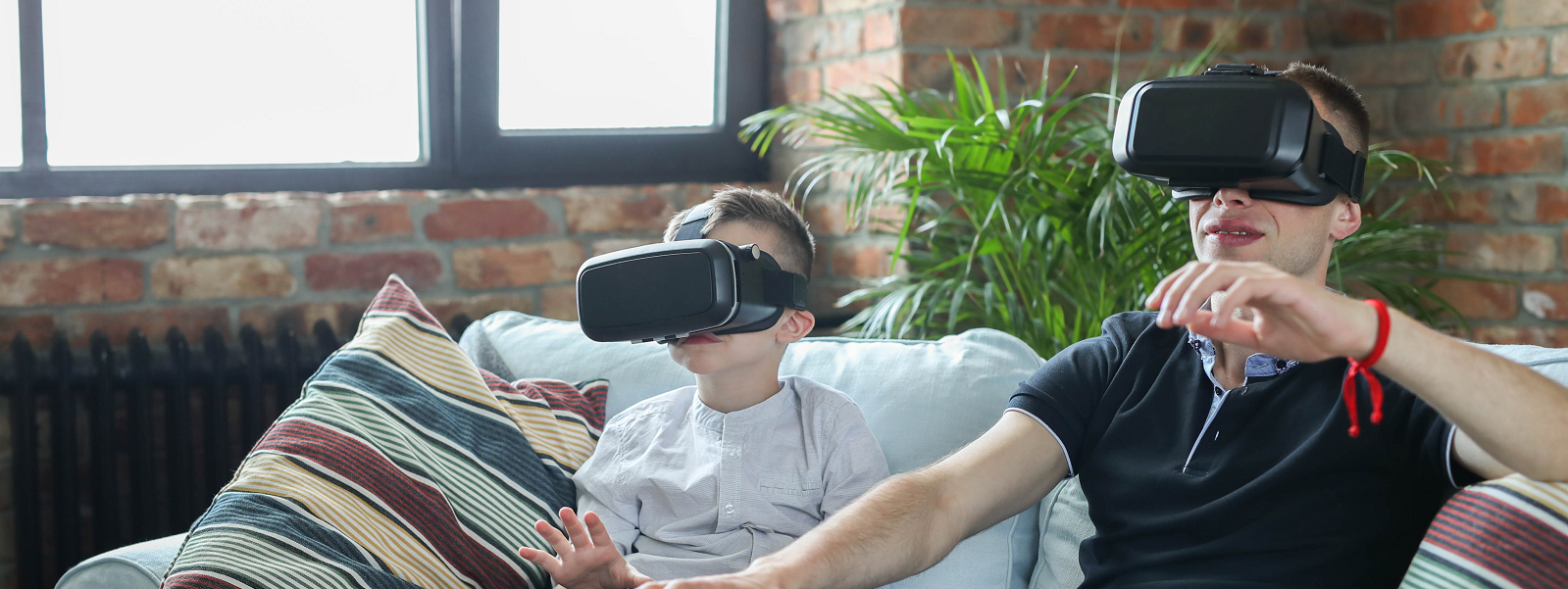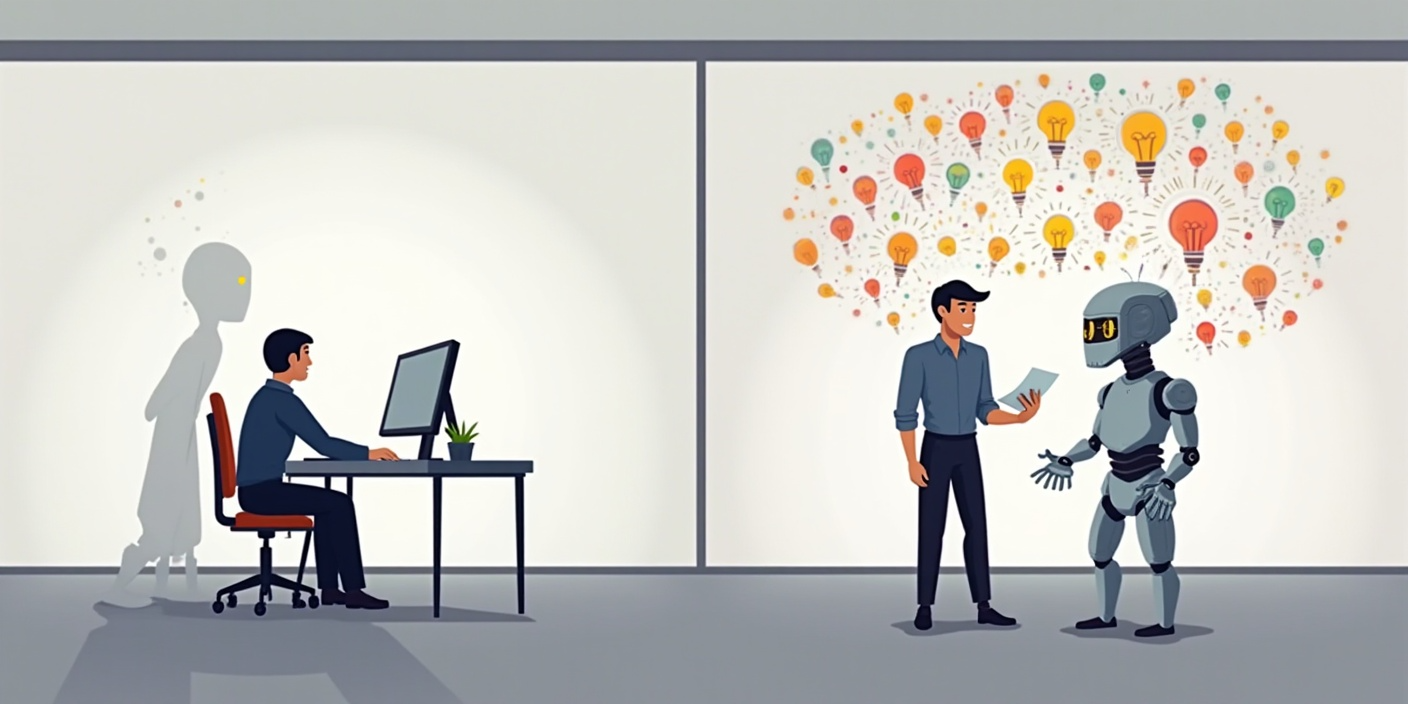We sifted through hundreds of innovations that grabbed attention last year.
In this series of nine posts, we share the most interesting and impactful ideas.
How to develop and use digital reality?
Virtual reality devices and games can offer fascinating immersive visual and audio experiences. Yet, what we experience in reality is much more than just visual and audio perception. We feel raindrops and wind. We feel things that hit us. Skinetic Haptic Vest adds these tactile sensations to the world of VR. The vest includes 20 voice-coil haptic motors that spread over the torso. Each motor can be controlled individually. The French company, Actronika, also offers Unitouch Studio, a piece of software to design haptic experience. With the vest and the software, game developers can design gaming experience where users feel the fire they go through and the bullets that hit them. Musicians and artists will design musical experiences that touch both ears and skin. In the future, VR training and movies may become mind-blowing, and body-blowing.
The purpose
Make VR more real
The idea
Add tactile sensation with haptic motors
With many vehicles going around, urban transportation needs measures to improve safety and reduce emission and noise. These issues may matter more in certain areas, such as school areas. However, it is challenging to ensure drivers to change behavior based on location. Gothenburg, a Swedish city, has tried a new technology to address the issue: geofencing. Geofencing uses GPS and similar technologies and triggers vehicle actions in certain geographical areas. For example, the city of Gothenburg has digitally controlled public buses based on virtual geographical perimeters. Speed limit can be enforced digitally: buses automatically slow down in school zones. Hybrid buses may switch to electric mode when entering emission-free zones. Loading a static map before starting may be enough to achieve these outcomes. But Internet connection would be needed on the bus if real-time adjustments are necessary such as adjusting geofenced zones on the fly. Potentially geofencing might be used to regulate speed according to road and weather conditions. It might also stop a vehicle that does not belong to the area. Physical reality seems to be blending with the digital world.
The purpose
Regulate buses (such as reduce speed) based on location
The idea
Use GPS and automatically trigger vehicle actions in certain geographical areas
The Lion King (2019) is a movie with computer animated animal characters that are photorealistic. The stunning visual effects benefited from virtual reality tools from Magnopus, a company focused on XR experiences. However, most people and companies don’t have access to such sophisticated XR capabilities. Magnopus develops Connected Spaces, an easy-to-use publishing platform for VR and AR content. A user may design an interactive digital layer on top of the physical space. For example, pointing your iPad at a movie scene with a waterfall might trigger AR showing water flowing down your floor. With the platform, users can develop spaces in Unreal Engine, Unity Engine, and iOS. The XR content can be shared with most devices, such as a laptop, phone, or VR headset. This new platform might facilitate user generated metaverse content.
The purpose
Make it easy to build XR content
The idea
Develop a platform for easy content generation
Hottest Innovations of Last Year
Further Possibilities
1. Haptic XR
haptic VR and AR technologies bring a new level of immersion and interactivity by incorporating tactile feedback into virtual and augmented environments. With ongoing advancements, these technologies have the potential to revolutionize entertainment, training, accessibility, and various other applications, offering users a more realistic and engaging experience.
2. Combine haptic vest with tactile VR gloves
Combining tactile feedback to both the torso and hands allows users to feel a wide range of physical sensations throughout their body, enhancing the realism and immersion of VR interactions.
3. Use geofencing to avoid criminals entering certain areas
By leveraging geofencing to prevent criminals from entering certain areas, businesses, organizations, and communities can enhance their overall security posture and deter potential criminal activities.
4. Crowdsource the production of a virtual Earth
This approach not only enables the creation of a highly detailed and interactive virtual representation of our planet but also fosters a global community engaged in exploration, education, and collaboration within the virtual environment.
5. Have XR live streaming
It enables the sharing of immersive experiences in real-time, providing users with the ability to participate in events, collaborate remotely, and engage in interactive storytelling.
Questions
1. How might we include all the senses in VR?
2. How else might we use geofencing?
3. How else might we accelerate XR content production?







